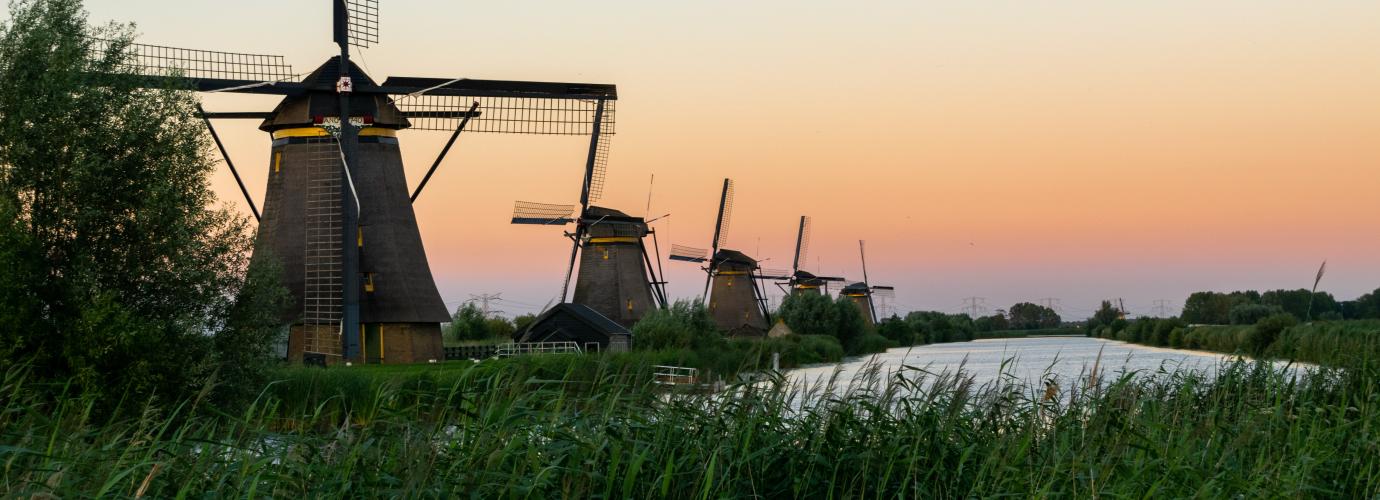Freedom of education
Freedom of education has been enshrined in the Dutch Constitution since 1848. During the nineteenth and early twentieth centuries, elementary schools were divided into public schools funded by the government and private schools maintained from private sources. The unequal treatment of public and private education led to the ‘schools dispute’, a political battle to achieve complete equality under the law for both types of school. Catholics and Protestants wanted equal state funding for their own schools with a distinct Roman Catholic or Protestant stamp. The Liberals too wanted the freedom of education guaranteed by the Constitution to be reflected in equal financial treatment of public and private schools. This was finally achieved in the 1917 Constitution, in what is known as the ‘Pacification of 1917’. The statutory equality of public and private schools is an important feature of the Dutch education system. After 1917 the principle of financial equality was extended to secondary and higher education.
The first Compulsory Education Act was passed in 1900. It has been amended several times since then. In 1985 the lower age limit for compulsory schooling was lowered from six to five. Children must now attend school full time from the age of five for at least 12 full school years and, in any event, until the end of the school year in which they turn 16. In 1971 the legislation was extended to include an additional period of part-time compulsory education for young people under the age of 18. Following an amendment dating from 1 August 2007, under-18s who have finished their period of compulsory education are now required to continue their schooling until they obtain a basic qualification. The aim is to ensure that young people do not leave school without at least a HAVO, VWO or MBO level 2 certificate. They may obtain a basic qualification in full-time education, or in part-time education if they wish to combine their studies with work.
A significant step was taken in 1999, when the 29 European ministers of education signed the Bologna Declaration. The aim of the Bologna process is to ensure attractive and internationally competitive higher education through student and staff mobility. For mobility to be possible, Europe’s higher education systems have to be transparent. To this end, the participating countries have adopted a three-cycle system consisting of the degrees of bachelor, master and doctor. The different academic levels are thus clearly differentiated. In addition, the components of study programmes are weighted according to the European Credit Transfer and Accumulation System (ECTS), in which 60 ECTS is the standard number of credits per academic year. Graduate competencies are described in terms of learning outcomes. Under legislation that entered into force in the 2002/2003 academic year, Dutch universities and institutions of higher professional education were given the option of introducing a bachelor-master system in order to strengthen their position in the international education market and respond more effectively to international trends.
Internationalisation is a significant feature of the Dutch education system. Before 1990 only a tiny minority of Dutch schools showed an interest in adding a European dimension to their teaching. However, in the early 1990s a series of national programmes was set up which, together with the more recent EU programme SOCRATES, led to a great many activities to promote internationalisation at Dutch schools. On 1 January 2007 Socrates became part of the Lifelong Learning Programme, which promotes knowledge exchange, cooperation and mobility between EU education and training systems. It is also designed to boost sustainable economic growth, create more and better jobs, strengthen the knowledge-based society and achieve greater social cohesion. In 2014 the Lifelong Learning Programme will became part of Erasmus+.
Membership of the European Union
After World War II, moves towards European integration were seen by many as an escape from the extreme forms of nationalism that had devastated the continent. In 1950 the Schuman Declaration was presented by Jean Monnet, Robert Schuman and Konrad Adenauer. The following year the European Coal and Steel Community (ECSC) was set up when six countries – Belgium, France, West Germany, Italy, Luxembourg and the Netherlands – signed the Treaty of Paris.
The ECSC was so successful that the decision was made to integrate other elements of the countries’ economies. In 1957 the Treaties of Rome were signed by the same six countries, creating the European Atomic Energy Community (Euratom) and the European Economic Community (EEC). Under the Merger Treaty (Treaty of Brussels) of 1967 the three European Communities merged and became known as the European Communities (EC). The Treaty of Maastricht, which was signed by all the EC members in 1992, signalled the birth of the European Union. It laid the foundation for further forms of cooperation on foreign and security policy, and justice and home affairs, and for the creation of economic and monetary union. The constitutional basis of the Maastricht Treaty was most recently amended by the Treaty of Lisbon (2009).

